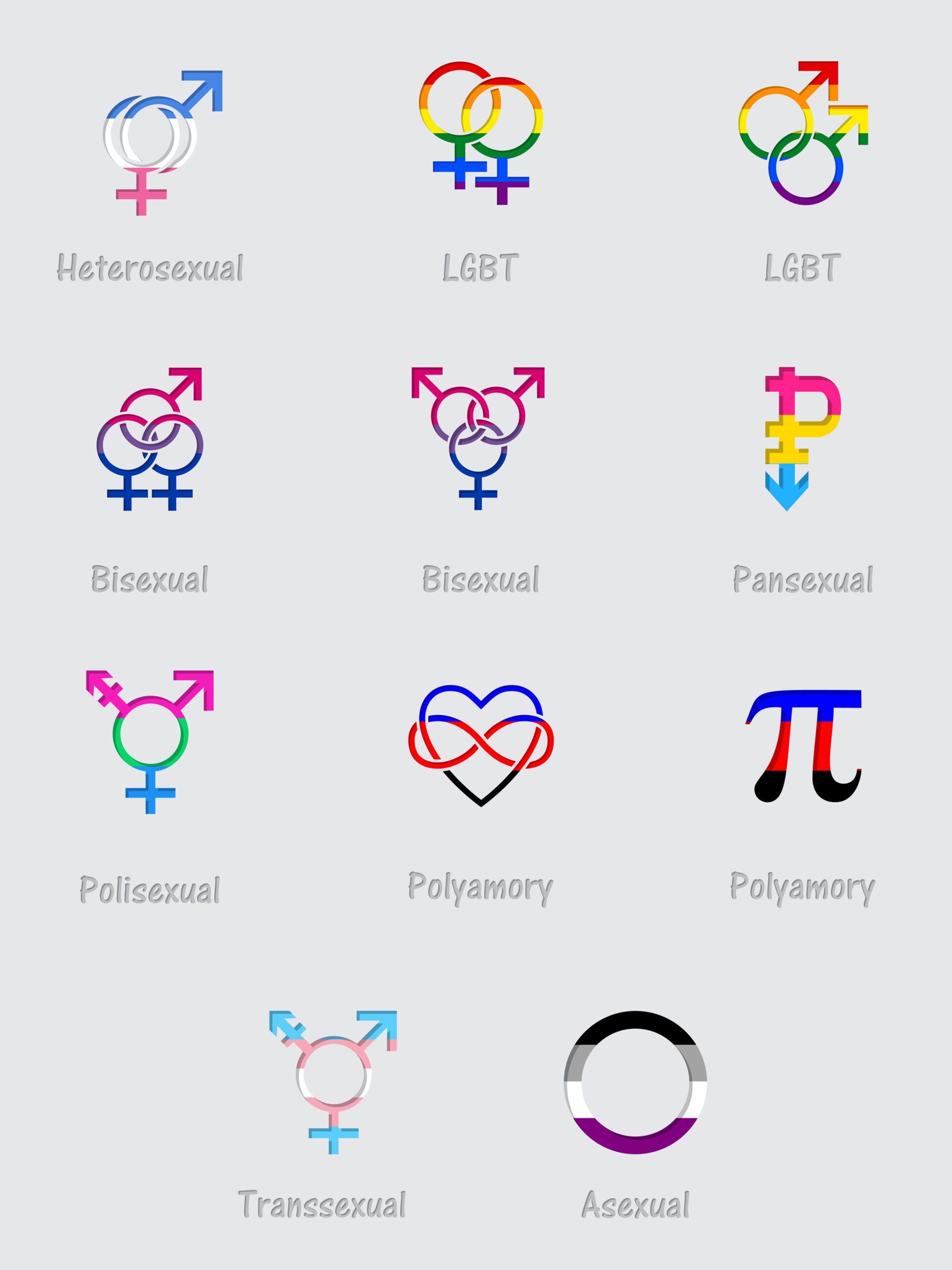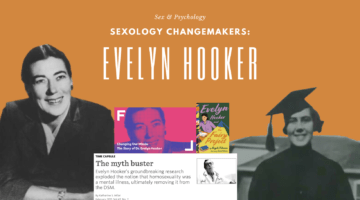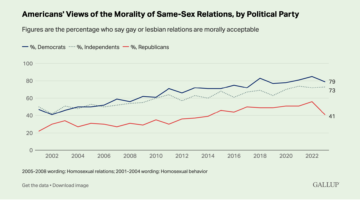Why Our Sexual Identities and Sexual Behaviors Don’t Always Line Up
May 30, 2018 by Justin Lehmiller
What percentage of the population is gay or bisexual? This is a surprisingly difficult question to answer because depending on the definition of sexual orientation you use—sexual identity, sexual attraction, or sexual behavior—you’ll come up with drastically different answers. For instance, in a recent nationally representative survey conducted in the United Kingdom, researchers found that about 2.5% of men and women reported an LGB identity; however, more than twice as many reported having had same-sex attractions and behaviors.
So why is that? Why is there often a discrepancy between someone’s sexual identity and their sexual behavior?
A new study published in the Archives of Sexual Behavior offers some insight. This study is the subject of a recent column I wrote for TONIC and the results suggest that there are several distinct reasons why someone who identifies as heterosexual might have a same-sex experience.
Researchers looked at college students who reported that their most recent hookup partner was of the same sex and found that more than 1 in 10 of the men and 1 in 4 of the women identified as heterosexual. Further, these individuals seemed to fall into several distinct categories.
For example, some seemed to be in the very early stages of coming out—they’d had a same-sex hookup that they really enjoyed and wanted more. By contrast, others only did it for show—a type of “performative bisexuality,” if you will (i.e., they had a same-sex hookup simply because they were seeking attention). Then there were those who hooked up with a same-sex partner but had a religious identity that did not permit them to further explore their sexuality or to commit to an LGB identity. Whether the latter two groups would eventually come out is far less certain compared to the first group.
In total, this study identified six different types of straight people who were having same-sex hookups, and these groups seemed to come from a diverse set of backgrounds. These findings help us to understand why there’s so often a discrepancy between people’s sexual identities and behaviors. They also highlight why we shouldn’t make too many assumptions about someone’s sexual interests or behaviors based solely on their sexual identity label.
To learn more about the six categories identified and the implications of this study, check out the full article in TONIC here.
Want to learn more about Sex and Psychology? Click here for more from the blog or here to listen to the podcast. Follow Sex and Psychology on Facebook, Twitter (@JustinLehmiller), or Reddit to receive updates. You can also follow Dr. Lehmiller on YouTube and Instagram.
Image Credit: iStockphoto
You Might Also Like:

Dr. Justin Lehmiller
Founder & Owner of Sex and PsychologyDr. Justin Lehmiller is a social psychologist and Research Fellow at The Kinsey Institute. He runs the Sex and Psychology blog and podcast and is author of the popular book Tell Me What You Want. Dr. Lehmiller is an award-winning educator, and a prolific researcher who has published more than 50 academic works.
Read full bio >


